My First Season At Horicon Marsh National Wildlife Refuge
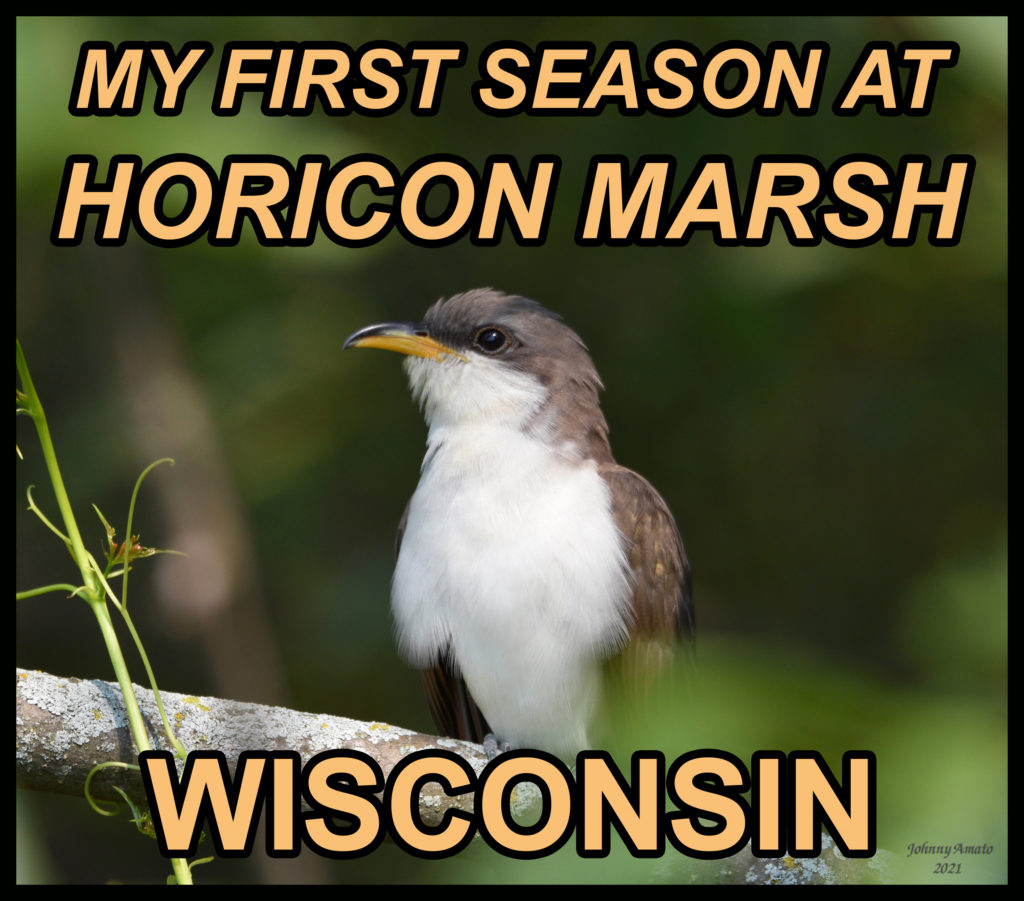
My only regret is not going sooner. That first June morning, as I was traveling west on County Highway Z just north of Kekoskee, WI, I came around a corner and laid my eyes on Horicon Marsh for the first time. Being on a bit of a hill, my first view of this place was astonishing. Vast, seemed like I could see for miles, and I was actually only looking at a small section of it. Prairies, small sections of woods, creeks, and marshland as far as my eyes could see. I was amazed.
Having already game-planned a few nights before on the spots I was going to hit, I focused back on the road to head to my first destination. It was difficult, however, to keep from looking to my left at the views of this magical place as I drove. As I slowly drove down the access road I chose into the marsh itself, I opened the window. Being about six in the morning, the chorus of singing birds coming from every direction was incredible. Red-winged blackbirds seemed to be singing from all around me, goldfinches with that unmistakable chirp as they flew overhead, and the ’sweet, sweet, sweet, I’m so sweet’ of yellow warblers was constant. Dickcissels were chattering their calls in every prairie, mallards and other ducks were quacking off in the distance, sandhill cranes could be heard, song sparrows and wrens of every kind were singing their morning songs, mourning doves were crying their first mourns of the day, the soft chirp of cedar waxwings as they flew overhead, the meows of unseen gray catbirds in the shrubbery, chickadees chirping and flying from tree to tree as they looked for their breakfast of seeds, swallows by the dozens were darting through the sky, and random woodpeckers were pecking away at tree trunks and branches. This was all at once, the moment I opened the door and stepped out of the car. It was an attack on the senses, and was truly surreal.

Among all the chaos to the ears, there were also many sounds I was unfamiliar with, as there were many birds I’ve never seen before in person. The yellow-billed cuckoo, black-necked stilt, bobolinks, and random warblers, vireos, and flycatchers, to name a few. American white pelicans seemed to be everywhere high up in the sky. Great blue herons and egrets competing for prime fishing spots, green herons claiming small sections of marsh as their hunting grounds, black terns darting back and forth over the marshes, swamp sparrows and yellow-headed blackbirds sharing the same reeds as the marsh wrens, and so much more. That first visit was truly magical, and will be a day I will never forget. I don’t even remember specifically if I got any great pictures that day, I’d have to check my records. I’m sure I got a few, but the biggest memory of it all was simply being introduced to the spectacle of Horicon Marsh for the first time.
I proceeded to go back about every two weeks through the summer, as Horicon Marsh is about a third of the way to my north woods cabin from my home city of Chicago, IL. It was amazing to witness, as it seemed to slightly change a bit every visit. Some early June birds were just passing through, and some birds, like the yellow warbler, head south much earlier than others and seemed to be completely gone by early August. Dickcissels and the yellow-headed blackbirds also seemed to be gone by the time the first cool breezes of early fall arrived. The overall songbird activity seemed to get slightly less and less every visit as the season progressed.
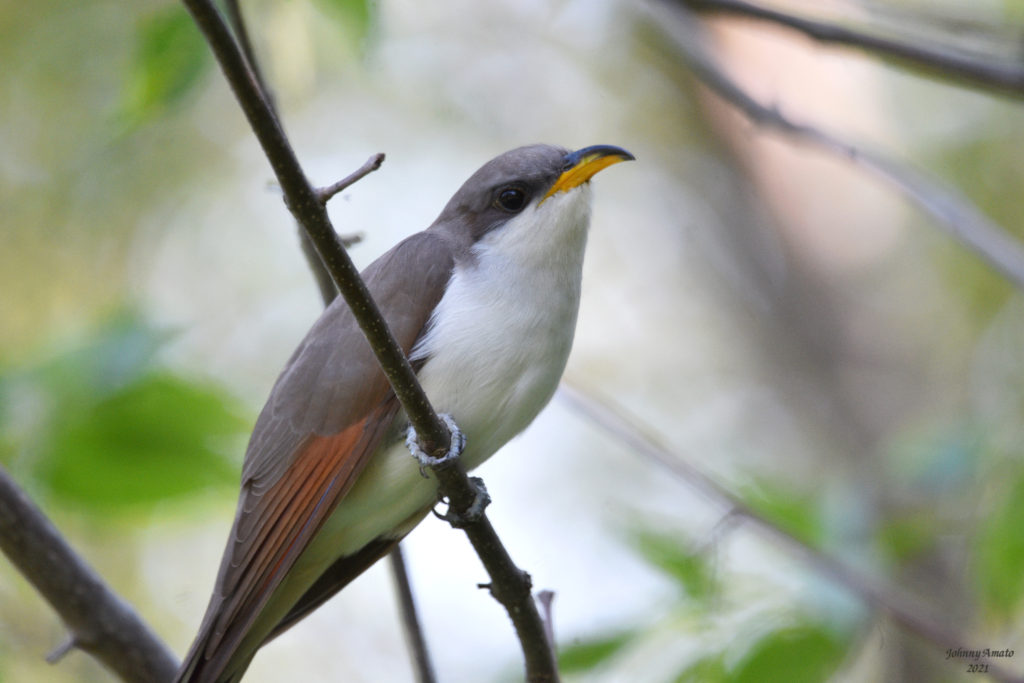
One day in early July, a bird I’d been after, the yellow-billed cuckoo, was seen by me and a few other friendly birders on a particular path through some trees. The bird would come and go, slightly off in the distance, as we all waited and hoped it would come closer. After a while and a few unsatisfactory long distance shots, the other birders gave up and moved on. I decided to give it a little longer, even though it was super hot outside and I longed for the air conditioning of my parked car and a cold water out of my cooler. I quietly sat there on the path for about 15 minutes or so, and randomly looked behind me, and to my shock the cuckoo was sitting in a tree right next to the path, no more than ten feet away. Miraculously, he stayed there for a bit and posed for me, then moved to another close tree and allowed me to get a few more shots with a different background. Satisfied with his modeling audition, he finally flew away, and I was confident I could mark another bird off of my list. Definitely was a magical moment.
As the season progressed and songbirds were disappearing for their journey south, the colder air of fall was moving in, and it started taking much longer for the sun to come up in the morning. The red-winged blackbirds were no longer in the reeds intently guarding their nesting areas, but instead starting to gather in huge flocks to prepare for the winter. The numerous swallows were also gathering in huge flocks, sometimes seeming like a few hundred of them were in a single tree.
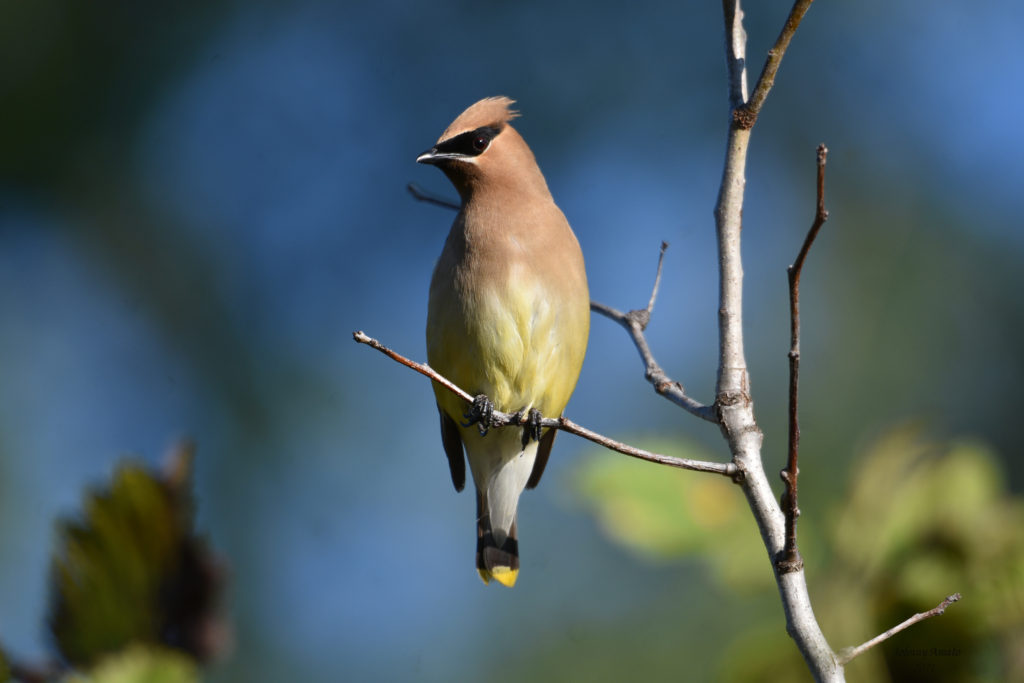
Fall itself is another story altogether, however. Every visit into the month of September seemed to bring more and more sandhill cranes, egrets, Canada geese, and many different types of ducks as they prepared to head south for the winter. Into early October, the choruses of calling sandhill cranes from every direction was amazing, as they slowly gathered there by what seemed to be the hundreds. Seeing small groups of 15-20 cranes gathering in every field as I drove the perimeter of the marsh was common, and amazing to see.
It wasn’t until fall that I finally got to lay my eyes on the elusive whooping cranes. I spent all summer hoping to cross paths with them on one of my visits, but always came up short. There are only a few mating pairs at Horicon, and only around one thousand birds left on the planet. Amazingly, on my last visit of the season to Horicon, on a freezing, sleet-filled November day, I walked what’s known as the boardwalk on the auto-loop tour. I turned a corner, and there they were, right in front of me, two of them. They seemed to glow a brilliant white as the rain and sleet fell around them. I froze, literally and figuratively, and just starred for a moment before I got into position with my camera to get what I could. It was overcast and windy, with a sleet/rain mix which was practically going sideways, just downright brutal weather. But I didn’t care. I figured the pictures probably wouldn’t turn out pristine because of the conditions, but I didn’t care. This was a beautiful bird that not many people get to see, and just being in their presence in the wild was incredible. It seemed like a storybook; going to Horicon all summer long and not seeing them even once. Now it was just me and them, on a freezing November day. They didn’t move once, and I took as many pictures as I could stand before heading back to the warmth of my car, hoping at least a few of the shots came out decent. Needless to say, I didn’t feel the cold too much on the ten minute walk back, as my mind was too busy taking in the moment of what just happened. I contemplated going back out after I warmed up a bit, but Mother Nature wouldn’t have it as the sleet and rain got more intense. As I pulled out of Horicon for the last time of the season, I could only be grateful for what just occurred.

If you’ve never been to Horicon Marsh, it truly is a spectacle that every birder must see. It will obviously be slightly different depending on what time of year you go, but anytime is worth it. I’m kicking myself for not going until June for the first time, but next year I will definitely be there in May. There are so many different species of birds there, including many I didn’t get a satisfactory picture of yet, but there is always next year. And I can’t wait.
Johnny Amato
Horicon Marsh National Wildlife Refuge is located in central Wisconsin, near the towns of Mayville and Horicon to the south, Waupun to the northwest, and Brownsville to the northeast.


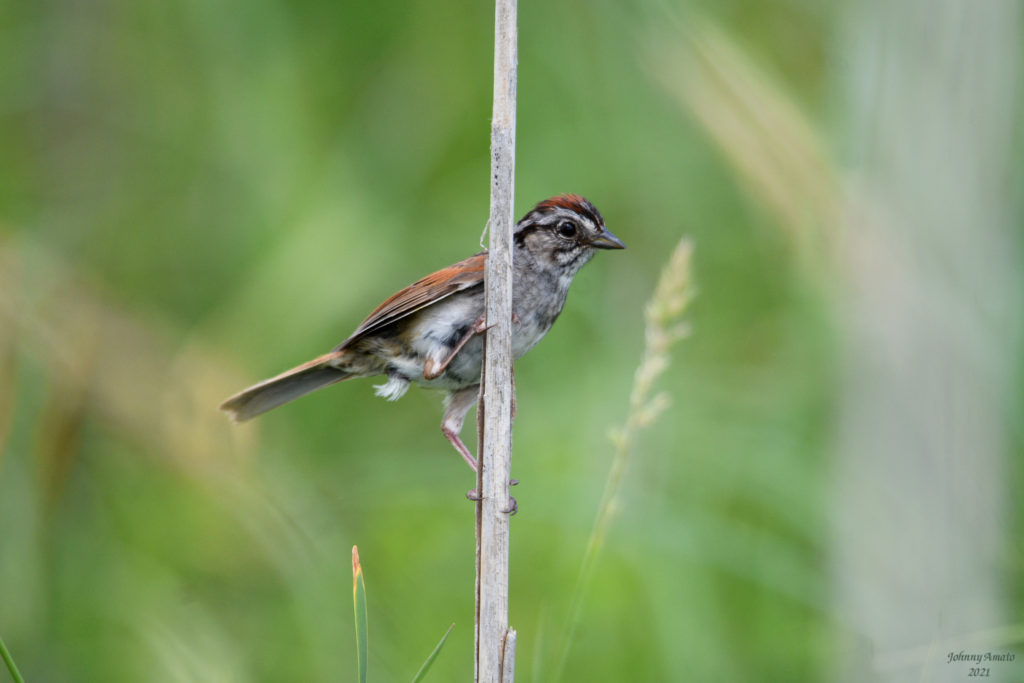






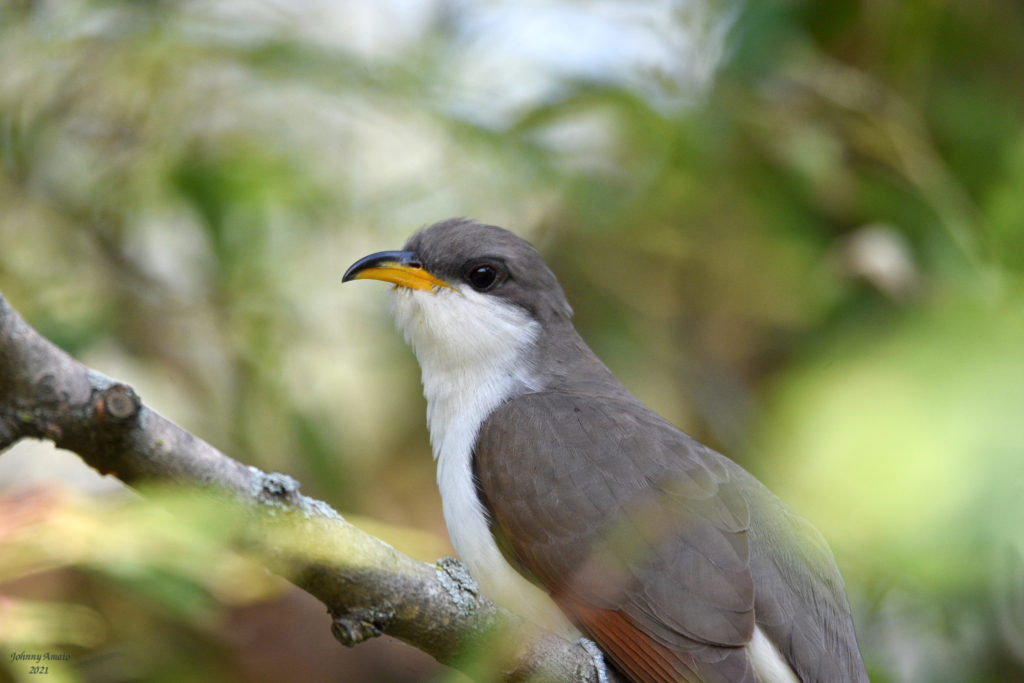













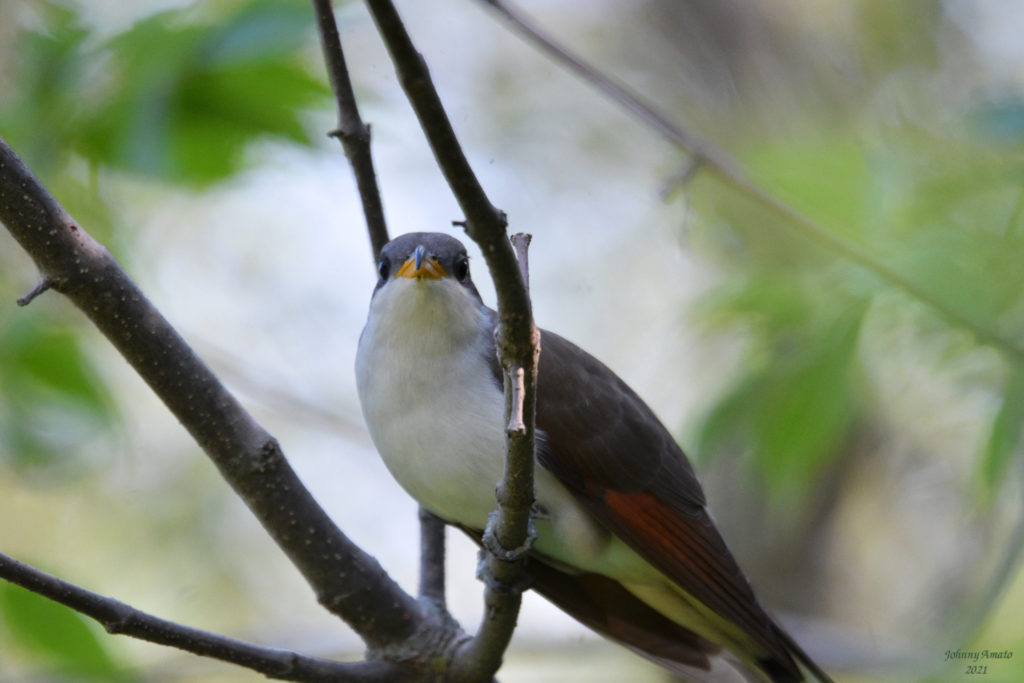




Disclaimer: I will earn an affiliate commission if you purchase any services from the links on this page, at no additional cost to you. Thank you!



